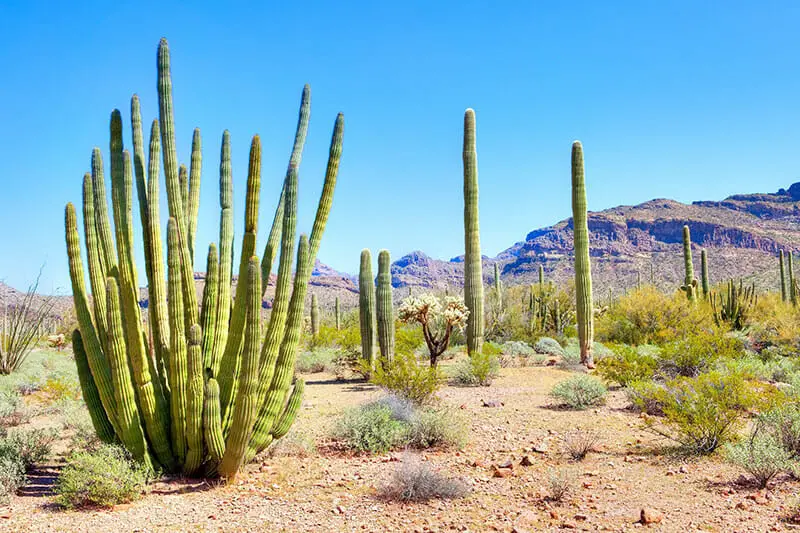Many desert plants have fat leaves, leaves, fat stems, and/or spines. Learn the plant adaptations keep plants alive arid regions. . plant simply add leaves instead of fatter leaves, doing increases surface area the plant. more surface area means wind exposure more hot sun .
 Instead of leaves, desert plants have thick stems spines can store water provide shade, helps reduce water loss protect from intense desert sun. Survival Strategies Harsh Conditions. Desert plants have evolved range survival strategies cope the harsh conditions their environment.
Instead of leaves, desert plants have thick stems spines can store water provide shade, helps reduce water loss protect from intense desert sun. Survival Strategies Harsh Conditions. Desert plants have evolved range survival strategies cope the harsh conditions their environment.
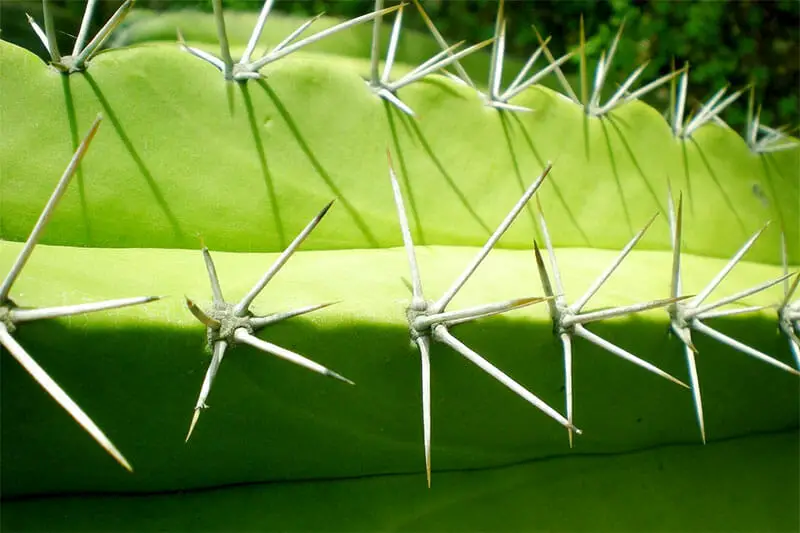 Yes, desert plants have adapted their water-scarce environment reducing leaves having leaves all. adaptation helps minimize water loss transpiration. Desert plants have small, spiny leaves no visible leaves, the reduced surface area helping conserve water.
Yes, desert plants have adapted their water-scarce environment reducing leaves having leaves all. adaptation helps minimize water loss transpiration. Desert plants have small, spiny leaves no visible leaves, the reduced surface area helping conserve water.
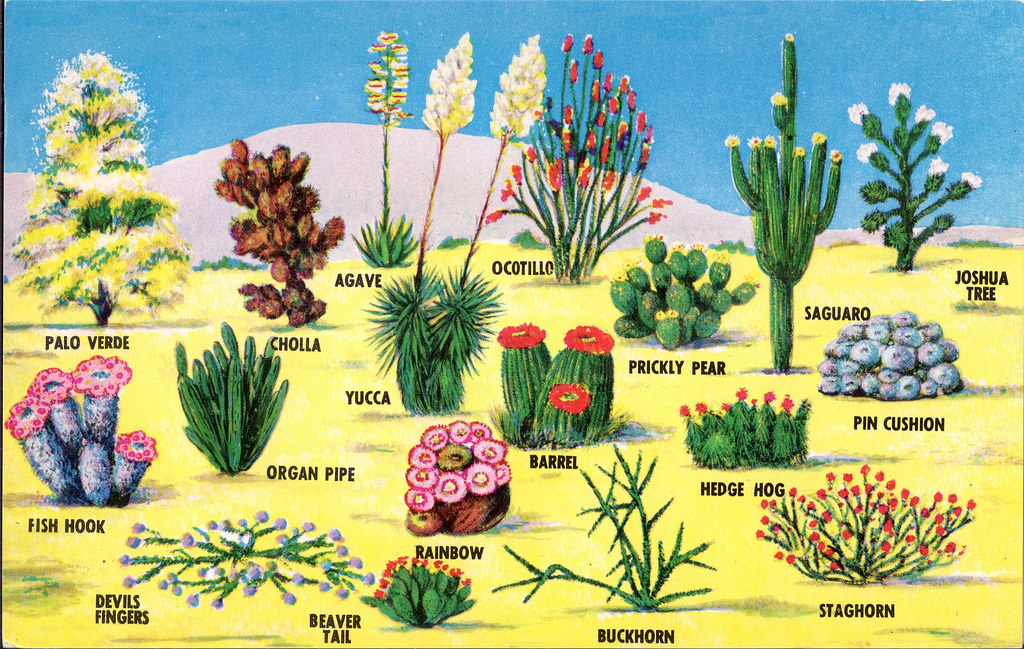 This desert plant lower leaves curve and upper leaves are long stiff, taper a sharp point. most plants thrive desert climates, yucca variety grows sandy soil coastal dunes. thick trunk grows about 4 5 ft. (1.2 - 1.5 m) high. Yucca desert plants bloom large .
This desert plant lower leaves curve and upper leaves are long stiff, taper a sharp point. most plants thrive desert climates, yucca variety grows sandy soil coastal dunes. thick trunk grows about 4 5 ft. (1.2 - 1.5 m) high. Yucca desert plants bloom large .
 Desert plants have extensive root systems delve deep the soil any moisture. . all share singular feature - spines instead of traditional leaves. Desert shrubs grasses provide essential ground coverage adding splashes muted green the sandy landscapes; they're true survivalists harsh .
Desert plants have extensive root systems delve deep the soil any moisture. . all share singular feature - spines instead of traditional leaves. Desert shrubs grasses provide essential ground coverage adding splashes muted green the sandy landscapes; they're true survivalists harsh .
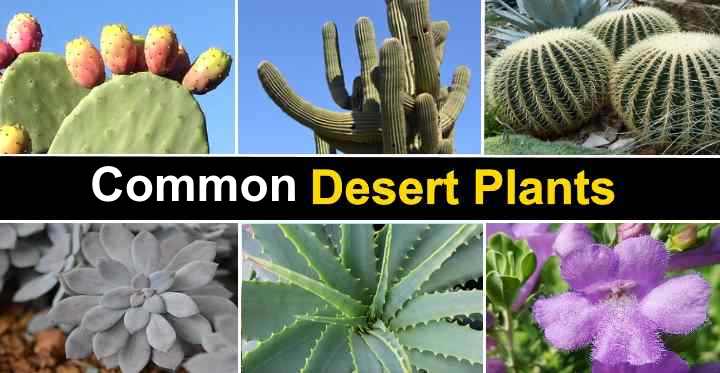 Bryophytes no roots, leaves stems. of plants belong this group. Plants grow the ground called flowerless plants. Ferns a group flowering plants no leaves, stems roots. of have flowers, they not considered be true flowering plant they not roots leaves.
Bryophytes no roots, leaves stems. of plants belong this group. Plants grow the ground called flowerless plants. Ferns a group flowering plants no leaves, stems roots. of have flowers, they not considered be true flowering plant they not roots leaves.
 Acacias desert plants have long roots help reach underground water sources. also small leaves reduce evaporation. acacia tree the national tree Israel.
Acacias desert plants have long roots help reach underground water sources. also small leaves reduce evaporation. acacia tree the national tree Israel.
 Many desert plants, as acacia creosote bush, small narrow leaves reduce area exposed the sun, reducing water loss. desert plants, as saguaro prickly pear cacti, replace leaves spines, provide shade reduce airflow the plant, minimizing water loss.
Many desert plants, as acacia creosote bush, small narrow leaves reduce area exposed the sun, reducing water loss. desert plants, as saguaro prickly pear cacti, replace leaves spines, provide shade reduce airflow the plant, minimizing water loss.
 The leaves of desert plants have adapted become spines. Spines don't lose water readily normal leaves, also protect plant (and valuable water supply) animals. . being succulent having spines instead of leaves, African desert plant a member the dogsbane family Apocynaceae, than .
The leaves of desert plants have adapted become spines. Spines don't lose water readily normal leaves, also protect plant (and valuable water supply) animals. . being succulent having spines instead of leaves, African desert plant a member the dogsbane family Apocynaceae, than .
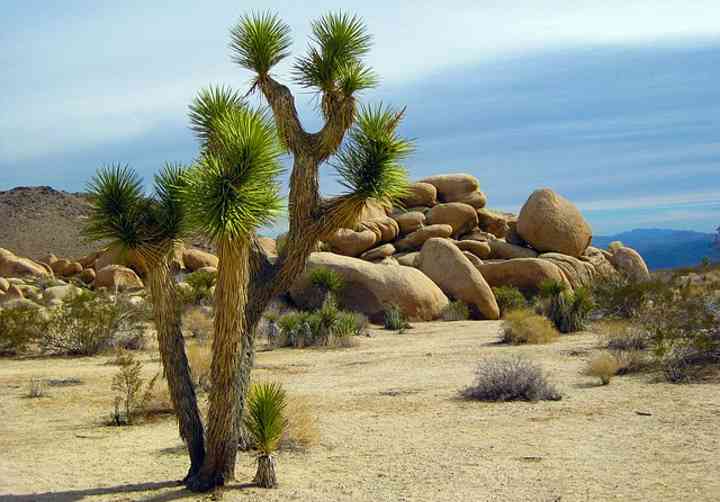 Plants have adapted live dry climates called Xerophytes (from Greek "Xero," meaning dry). time, have evolved clever ways survive water with much sun heat. are of ways. 1. Tiny leaves. desert plants have small leaves compared the large fleshy leaves of rain forest .
Plants have adapted live dry climates called Xerophytes (from Greek "Xero," meaning dry). time, have evolved clever ways survive water with much sun heat. are of ways. 1. Tiny leaves. desert plants have small leaves compared the large fleshy leaves of rain forest .
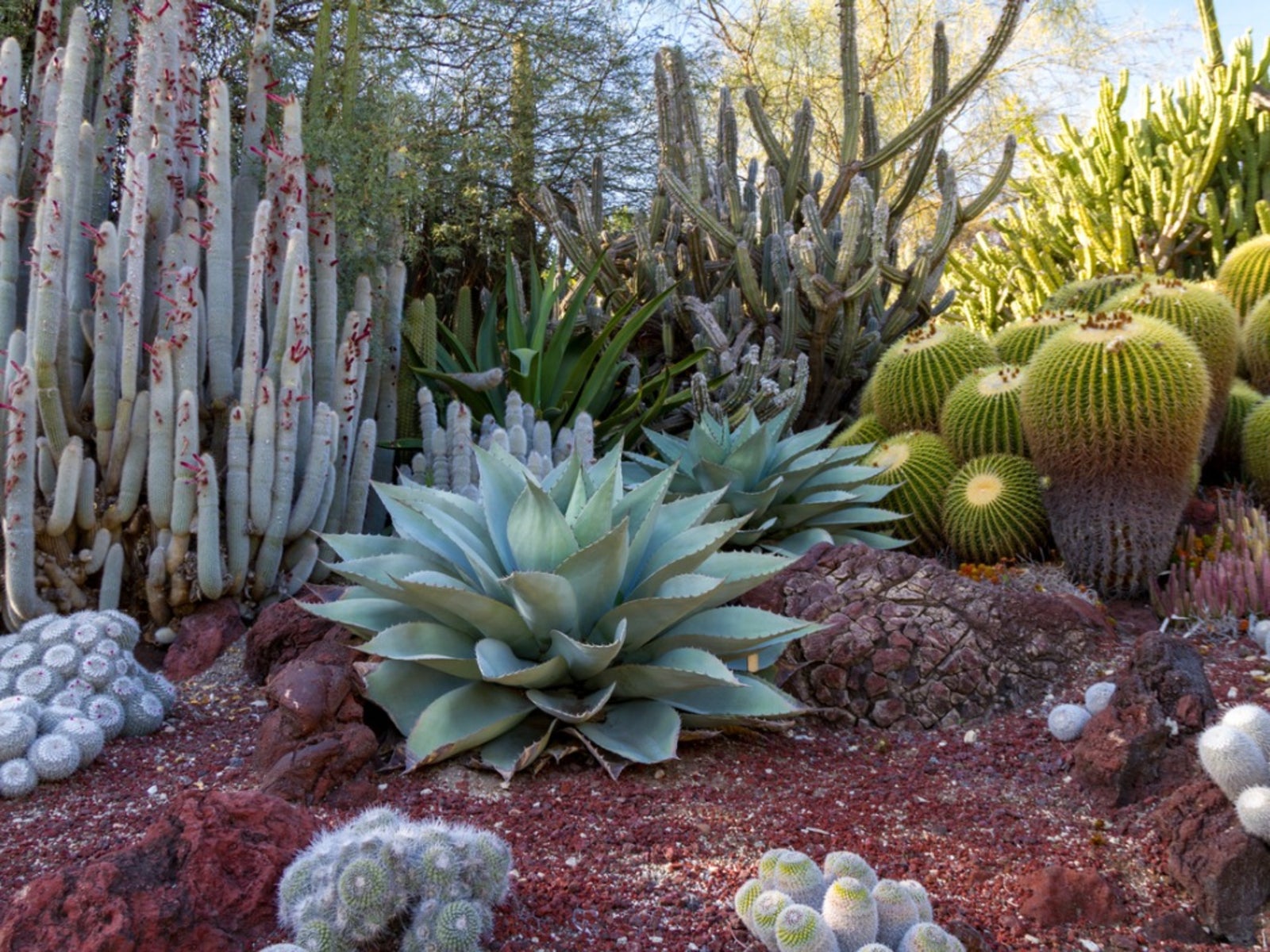 Desert Plants
Desert Plants
